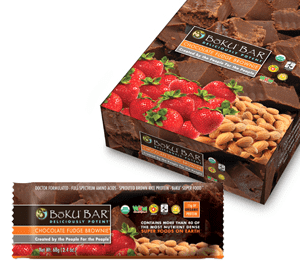Discover 23 HEALTH Foods that are causing weight gain (You've been fooled)
Also discover if your Kitchen contains fat-burning foods or fat- gaining foods
by Mike Geary - Certified Personal Trainer, Certified Nutrition Specialist
& Catherine Ebeling - RN, BSN
Please continue reading, because in this short article Catherine and I are going to share with you a
few simple and easy tricks
to turn your "fat gaining kitchen" into a "fat burning kitchen," while
also showing you some deceptive "health" foods that are not only making
it
IMPOSSIBLE for you to lose fat, but also make you age FASTER.
In the next few minutes you're going to discover...
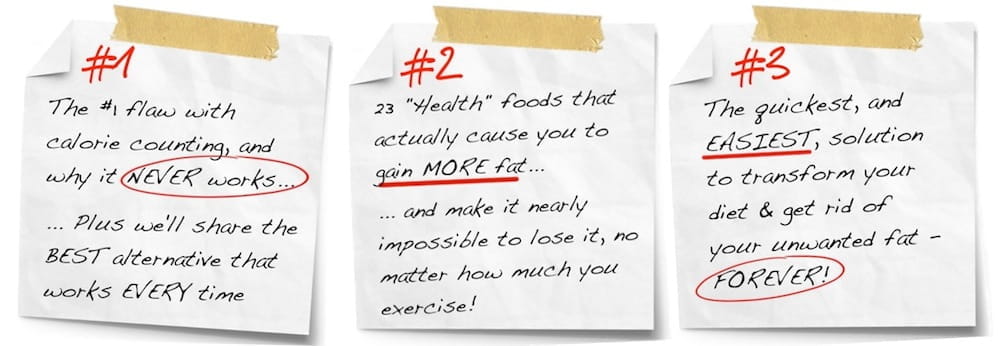
 Eating for fat loss is simple, right?
Eating for fat loss is simple, right?
Eat fewer calories than you expend in a certain time period and you
lose weight... Eat more calories than you expend and you gain weight...
right?
Not so fast!
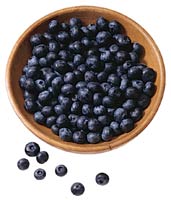
While
it's true that your overall caloric intake vs your caloric expenditure
is one of the most important aspects in whether you gain weight or lose
weight... there are a lot of factors involved that complicate this, such
as:
1. Calorie counting NEVER works!
Almost nobody, and I mean nobody, counts calories
accurately. Controlled studies indicate that the majority
of people (between 75-90%) consistently (and massively) under-report
their calories consumed when they are asked to track their calories.
I'm going to show you why
calorie-counting is completely obsolete (as long as you follow one of the main principles that I'm going to teach you).
2. Appetite control and cravings destroy the ability for most people to ever meet a calorie goal
If your appetite and cravings are out of control, how can you control
hunger and actually stay in your goal calorie range for fat loss? The
problem is that most people can't!
There is a trick that you can master that will automatically control your appetite and cravings.
3. Hormone imbalances
If you're eating the wrong foods and don't even know it, this may be
disrupting hormone balances in your body and leading you to overeat,
decrease your metabolic rate, and other problems that can prevent you
from burning off body fat effectively.
If you read below, you'll see how you can reverse these eating habits
that are causing hormone imbalances, and turn your body into a
fat-burning machine, like it was meant to be.
And don't get me started on the "Food Pyramid"...
The Food Pyramid is an absolute JOKE!
In fact, the food pyramid has mislead almost as many individuals down
the depressing road of fat-gain as the crooked food companies and their
deceptive food label claims.
So-Called "Health Foods" That Are Causing Your Body to Gain More Body Fat?
I can't tell you how many times I've walked into the kitchen of a
client of mine that has hired me for nutritional counseling, and I'm
shocked by what I see...
Almost every time, I see their kitchen cabinets and fridge LOADED
with foods that they think are "healthy" (or have been deceived by
clever food labels into believing are healthy), but in reality are
fat-storing traps in disguise.
It's not uncommon to see foods such as:
- whole grain breads
- whole grain cereals
- whole grain crackers
- soymilk
- tofu or "veggie burgers"
- orange juice
- apple juice
- skim milk
- margarine
- pre-packaged "diet" dinners
- gator-ade or other sport drinks
- protein bars (aka - candy bars in disguise!)
- overly processed meal replacements (with more junk than healthy ingredients)
- rice cakes
- pasta
- diet ice cream or diet desserts
- so-called "energy" drinks
- low-fat foods
- low-carb foods
- soybean oil, corn oil, canola oil
- etc, etc
I see this trend over and over again with almost every client when I
first inspect their cabinets and the foods that they were buying that
they
thought were healthy.
What they don't realize is that it's these exact foods that are
sabotaging their fat loss efforts, increasing their cravings, throwing their hormones out of whack, and more.
The Simple Solution for Eating a Healthy Diet That Promotes Fat Loss (Permanently)
I'm going to show you that eating for permanent fat loss doesn't have to be complicated.
In fact, if you choose the right foods, and understand how these
foods react with your body, this method is a way for you to
automatically attain the right calorie level without the need to ever
count calories again.
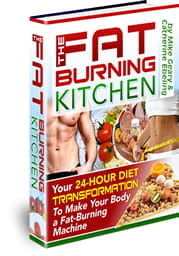
That's why I've teamed up with expert nutrition researcher, Catherine Ebeling, and we've co-authored this new program for you:
The Fat Burning Kitchen: Your 24-Hour Diet Transformation to Make Your Body a Fat-Burning Machine
by Mike Geary - Certified Personal Trainer, Certified Nutrition Specialist
& Catherine Ebeling - RN, BSN
Inside this brand new program, you'll find:
- the true secret to making calorie-counting obsolete... this is the same principle that will automatically eliminate your cravings
and control your appetite permanently (it's the same reason that I
personally haven't had a real "craving" in at least 6 years) -- pg 1-2
- the truth about polyunsaturated fats (omega-6's and omega-3's) that most food companies don't want you to know -- pg.18
- which protein bars or energy bars are actually candy bars in disguise and which bars are actually good for you -- pg.50
- the real deal on saturated fat and cholesterol, and why they are essential in your diet -- pg.59
- the "whole grain" deception and why whole grain crackers, breads, and cereals could be packing on more bodyfat -- pg.9
- why that skim milk may not be so good for you after all -- pg.29
- the one time when tilapia and salmon are NOT health foods -- pg.36
- a healthy fat-burning burger option? Yes -- pg.60
- why soymilk, tofu, and veggie burgers could be increasing your belly fat -- pg.41
- Are sports drinks stifling your fat-burning? -- pg.46
- The only truly healthy options for sweeteners... even non-caloric sweeteners -- pg.83
- A surprising healthy fat in some animal products that actually helps you burn fat and build muscle -- pg.60
- whole eggs or egg whites? easy answer -- pg.65
- do diet sodas and other diet drinks hurt your fat loss efforts? -- pg.22
- Is whole milk actually better for you than skim milk? there's more to the story -- pg.67
- A type of saturated fat that actually helps to stimulate your metablism -- pg. 112
- the one time when chocolate can even help to prevent your sweet tooth cravings -- pg.88
- does green tea or oolong tea really increase your metabolism and help fat loss? the truth -- pg.90
- which fruits and veggies are okay to choose non-organic -- pg.94
- and TONS more secrets to help you permanently transform your diet to force your body to burn fat more effectively.
FREE Bonus: 6-Part Fat-Burning Nutrition Course - On Video!
(Value: $179, but FREE if you order Fat Burning Kitchen today)
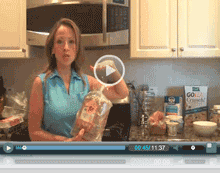
By choosing to try out this program and take charge of your diet for life, I've put together a really cool
FREE bonus for you. I know you probably like to see things not only in written word, but also in video tutorials too.
So I've lined up a series of 6 killer video tutorials (by my favorite
nutritionist, Isabel De Los Rios) which will help to clarify where you
might be going wrong in your food choices, more tricks to eliminate
cravings, and even clever time saving tips you can use to eat healthier
automatically (without excessive time spent prepping meals).
She even goes through some great examples of food labels showing
where the food manufacturers are trying to fool you into thinking their
junk foods are "healthy". This will help you choose healthier at the
grocery store.
This video tutorial series are regularly valued at $179.00 separately, but are yours
FREE for choosing this program today.
Try it first, and THEN decide

Of course, as always, you have our Iron-Clad
8-week 100% money-back guarantee if you are not satisfied with the program for any reason.
So you can actually try out the program first and start transforming
your diet habits and your body, and then decide if this was right for
you. If at any time in 8 weeks, you decide that this wasn't for you,
you can simply email us for a prompt and courteous refund.
Let's get you started right away on solving your diet problems for life
and creating a permanent fat-burning environment inside your body.
Special Bonus Section Added:
The
Super-Advanced Nutritional Tactics That I Used to Go From 10.2% Body
Fat to 6.9% Body Fat in Just Over 3 Weeks (23 days to be exact)
That's right...
although I usually stay in great shape year round, I ended up planning a
photo shoot recently and needed to drop a couple % more body fat, and I
only had just over 3 weeks to prepare for it.
When you're already
fairly lean (I was right around 10% bodyfat at the time), that is when
it's hardest to lose that last bit of "stubborn fat", so it takes some advanced strategies to get rid of the last bit of fat.
After studying advanced
fat loss techniques for years, I knew exactly what I needed to do and it
was just a matter of taking action on it. So I put together all of my
most advanced fat loss techniques I've learned over the years and got to
work.
In this advanced
nutritional fat-burning section, I give you all the dirty details about
exactly how I went from 10.2% body fat to 6.9% body fat in only 23
days. Don't worry, there's absolutely no "fluff" in this section with
bland and boring generic advice like "eat lots of fruits and veggies"...
Everybody knows that...
Instead, this is the
real nitty gritty details of everything I ate, meal timing,
carb/protein/fat ratios and the exact timing in relation to workouts to
maximize fat burning... and the advanced methods I used for the specific
types of exercises and workouts that were necessary to maximize fat loss and lean muscle maintenance for such a short time period.
I even give you the
details for the really advanced tactics that involved specific foods,
teas, nutrients, spices, etc that I used to get the fastest results
during these 23 days.
The powerful thing is...
if these techniques worked for me, for that hardest to lose "stubborn
fat", then it will work even better for you if you have a little bit
more fat to lose.
These methods should
ONLY be used for 3-4 weeks and ONLY on occasion when you need to really
drop body fat and get leaner FAST for perhaps an event that you're
preparing for... maybe a wedding, or a beach vacation, or a cruise, or
your own photo shoot... whenever you need that extra "burst" of fat loss in just 3-4 weeks time frame.
Grab your copy of The Fat Burning Kitchen
today, because this Advanced Fat Burning section is so good and so
detailed that we'll be selling it separately for $34.95 in the near
future
You'll get the entire 23-Day Advanced Nutritional Fat Burning Blueprint Bonus Section for FREE if you order today.

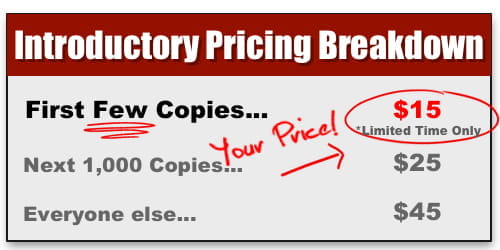
Click The "Add To Cart" Button Below And Instantly
Receive Your Special Introductory Price Of Only $15...
Plus All The Bonuses (Worth Over $237!)
To Get Your Discount CLICK HERE
I'm confident that you'll LOVE the unique
nutrition tips and ideas that you'll gain through this program... You
can say goodbye to cravings forever and start eating the right way to
turn your body into a
fat-burning machine 24/7!
Sincerely,
Mike Geary
Certified Personal Trainer
Certified Nutrition Specialist
Author - Worldwide best seller:
The Truth about Six Pack Abs (over 539,000 readers in 163 countries)







 Eating for fat loss is simple, right?
Eating for fat loss is simple, right?
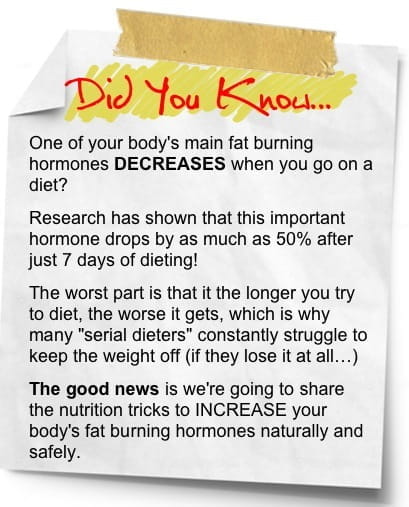

 By choosing to try out this program and take charge of your diet for life, I've put together a really cool FREE bonus for you. I know you probably like to see things not only in written word, but also in video tutorials too.
By choosing to try out this program and take charge of your diet for life, I've put together a really cool FREE bonus for you. I know you probably like to see things not only in written word, but also in video tutorials too. Of course, as always, you have our Iron-Clad
Of course, as always, you have our Iron-Clad 
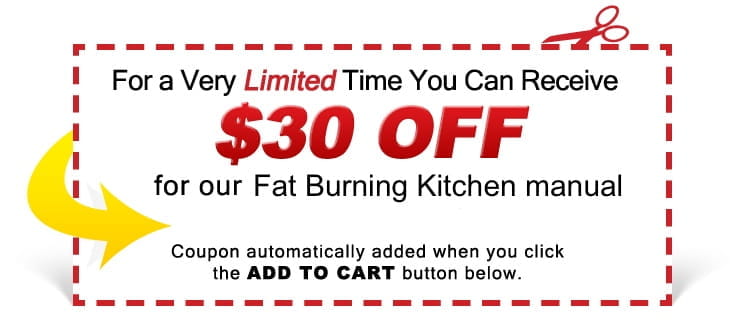

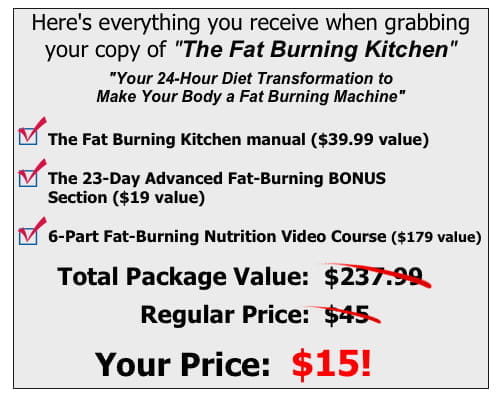


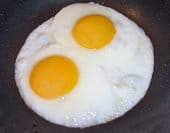
 And here's where it gets even more interesting...
And here's where it gets even more interesting...
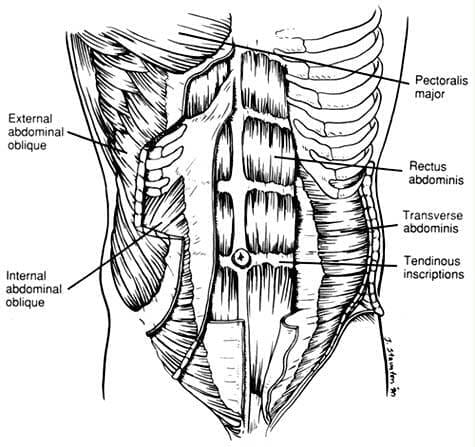
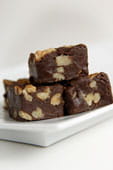 Ideas for lower-calorie, reduced sugar desserts
Ideas for lower-calorie, reduced sugar desserts